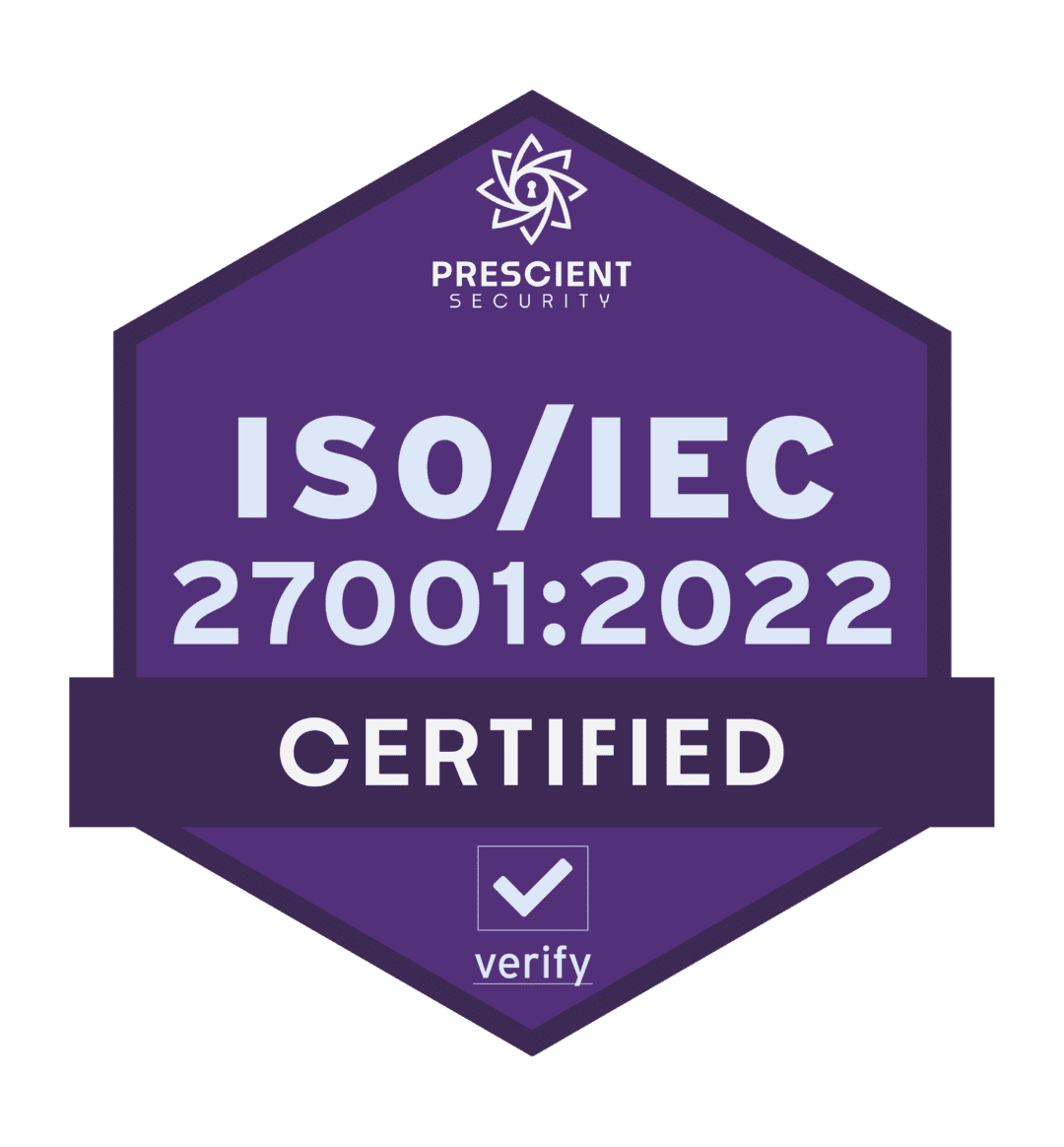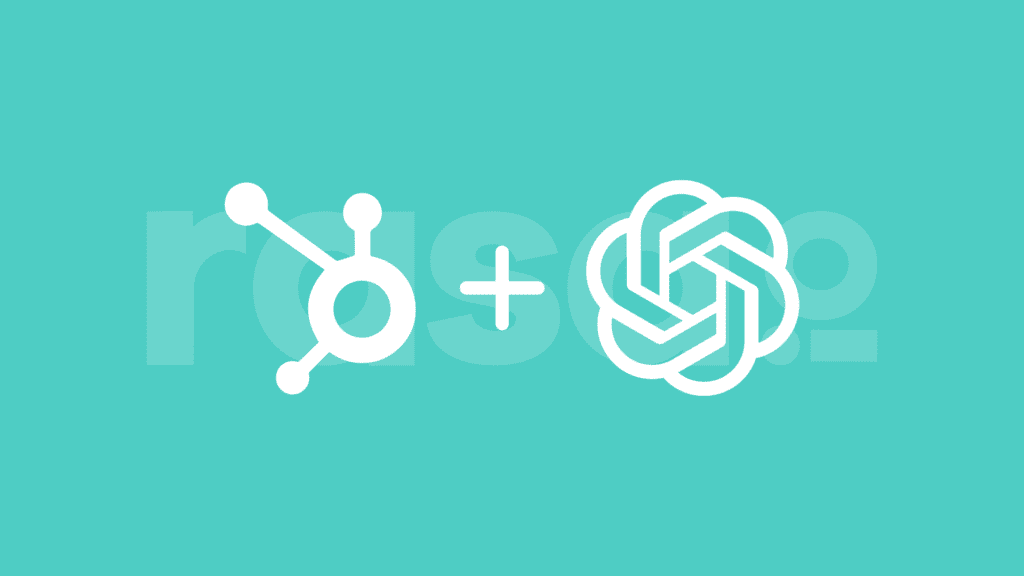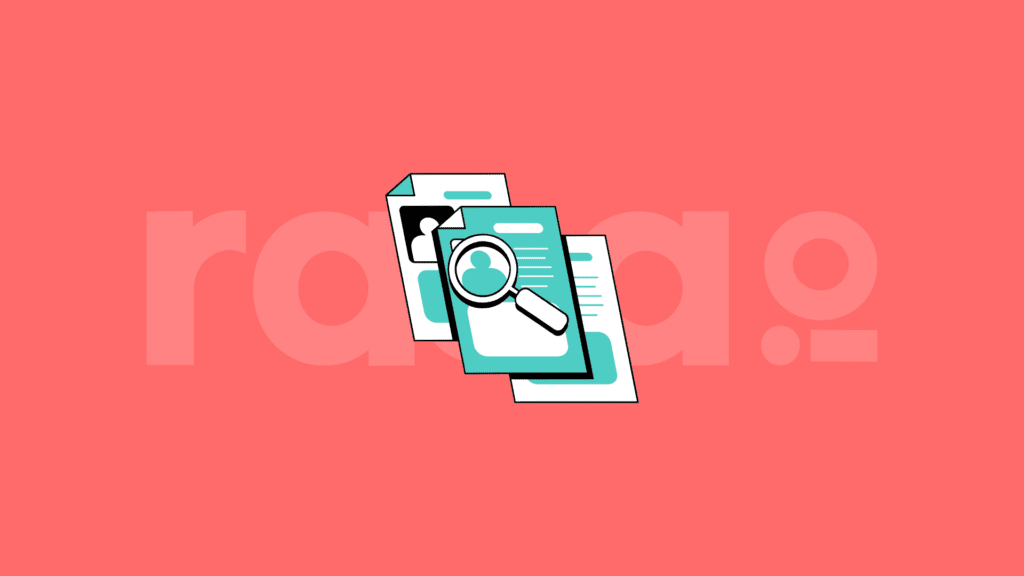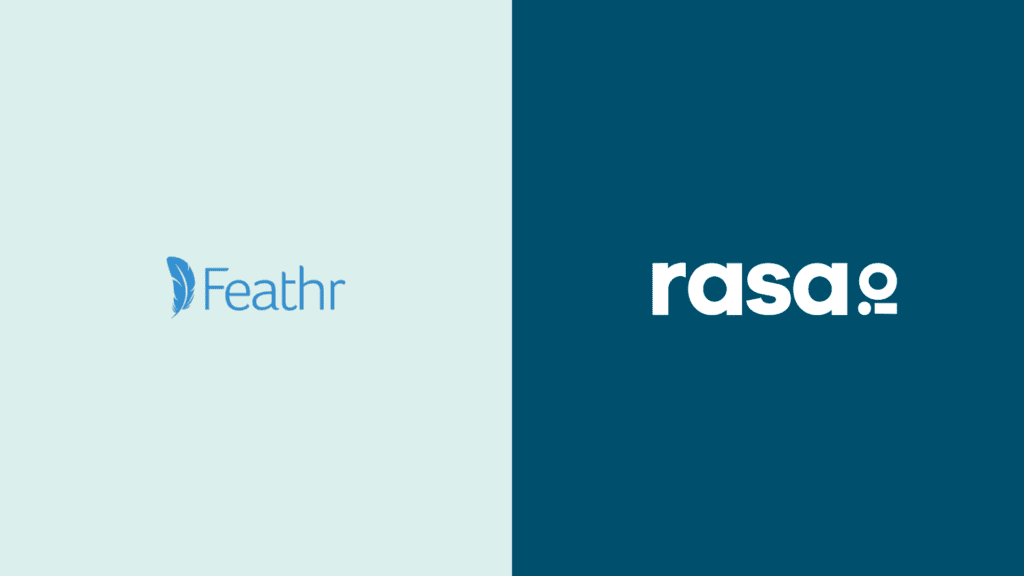You have an idea for an event, but how do you get people to attend it?
If you already have an email list, incorporating event email marketing into your communication strategy is an excellent start. You can use promotional emails, email newsletters, or drip campaigns to create excitement and keep your audience updated. Email allows you to make connections with your audience while being cost-effective.
This article will show you the essentials of any email marketing campaign, pre and post-event best practices, and examples from online and offline events by diverse brands. By the end of it, you’ll be ready to launch a successful event email marketing campaign.
What is event email marketing?
Event email marketing involves creating email campaigns to attract attendees for your online or offline event. It includes pre-event and post-event messages to keep the connection with subscribers. Your event emails can be part of an email marketing sequence or apart of your email newsletter. Email is one of the most popular channels to promote events because it’s personalized, affordable, and has a high return on investment (ROI).
Email marketing for event promotion: Essentials
All rules of email marketing and newsletters apply to event promotion. Let’s examine the essentials to help you get the most out of your email campaigns.
Leverage automation
One of the biggest pros of emails is that they can easily be automated. By doing so, you save time while delivering highly personalized emails and driving more event sign-ups.
You can leverage different AI email marketing tools to write enticing subject lines and email copy, send emails at specific times and frequencies depending on user activity, and curate lists of articles specific to every subscriber.
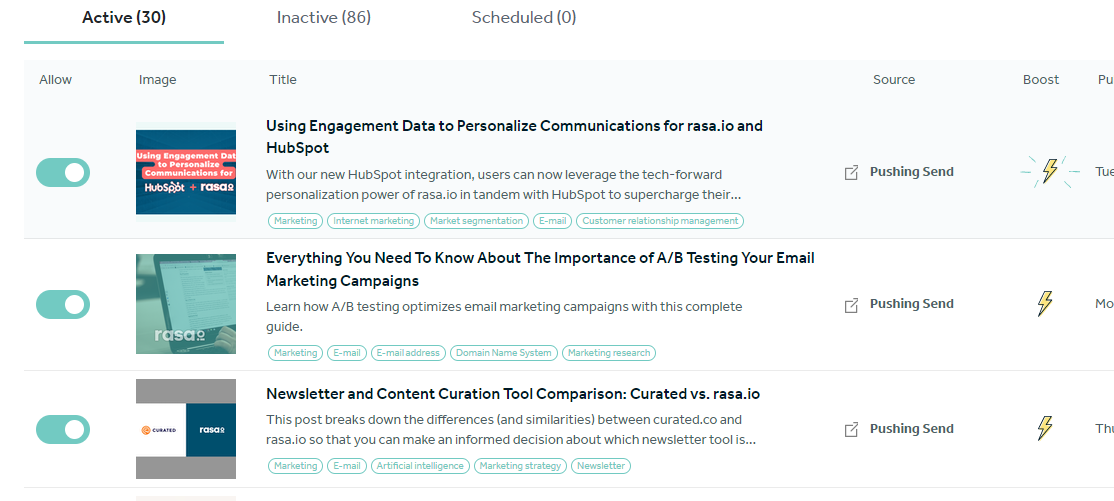
For example, rasa.io has a couple of features that simplify creating engaging personalized emails:
- Aggregating content from your website or social media channels.
- AI selection of content from diverse sources (not just brand-owned) on topics relevant to different segments of your audience.
- Blend events and webinars alongside your AI-curated content to drive conversion and value to your readers.
Simplify Creating Engaging Personalized Emails!
Use smart technology to save you time curating so you can focus on the “bajillion” other things you need to do.
Write responsive emails
Writing responsive emails, i.e., emails optimized for all devices, including desktop, mobile, and tablet, allows you to reach a wider audience.
Over 58% of website traffic comes from mobile devices. This prevalence of smartphone use affects email usage as well.
To ensure your emails are correctly displayed across different devices, make sure you:
- Create concise content with clearly legible fonts.
- Use vector illustrations because they can be scaled up or down without losing quality.
Get creative with email subject lines and content
A subject line is the first thing that can set your emails apart from the rest, and it’s a decisive factor in whether a subscriber will see your email. So, your email subjects are essential to your email marketing campaigns.
In essence, your subject lines need to convey the content of your email.
To drive higher open rates, here are some strategies:
- Use action verbs to encourage subscribers to take your desired action.
- Play with the fear of missing out (FOMO) by sending one-time or limited-time offers.
- Ask questions to grab attention and drive curiosity.
- Personalize emails to make them highly targeted.
Avoid making your subject lines appear spammy by cutting down on using all caps, multiple emojis, punctuation marks, or special characters.
Here are some sample email subject lines from different brands:
- 📅 Join us: Discover how Calendly enhances team collaboration! (Calendly)
- Our next price rise is TODAY at 12 pm! (brightonSEO)
- Is your social media ready for Christmas? (NapoleonCat)
- It’s time to wake your dead leads [NAME] (Uberflip)
Set up A/B tests
With A/B testing, you can send different versions of your email to segments of your audience to understand which version is more effective in converting subscribers. With this practice, you can adjust your marketing efforts and improve results.
A/B split testing can help you discover things such as:
- Whether a subject line with or without an emoji has a higher open rate.
- If and how the send time influences email opens.
- Which button style and call-to-action (CTA) leads to more clicks.
- Whether adding interactive elements improves conversions.
- How many articles in your newsletter drive the best click-through rates (CTR).
Event email marketing: Strategies for success
You’ve spent a lot of time planning and organizing your event; naturally, you want many to attend and experience it.
For your communication strategy, you can create an email marketing campaign with attention-grabbing emails designed to drive sign-ups and maintain excitement leading up to the event.
Alternatively, if you have a newsletter, you can use it to share regular updates and engage your audience as the event approaches.
Or, you can even combine both strategies.
We’ll look at several types of emails to include in your event email marketing strategy. Depending on the event you’re organizing – online, hybrid, or offline, its size, and if it’s free or paid, you will need a different combination of these email types.
Launch your event
The launch email is the first in your event marketing sequence. It introduces your event and includes essential information about the date, location, and prices. With this email, you aim to inform your audience and get them excited about participating.
For instance, Calendly, a meeting scheduling platform, uses email marketing to introduce what you can learn by joining their webinar. Note that the potential learnings it listed directly address Calendly’s audience’s main pain points – prospect and customer experience and time management.
If you run a newsletter, you can use it to announce your event to your subscribers, like HubSpot in the example below.
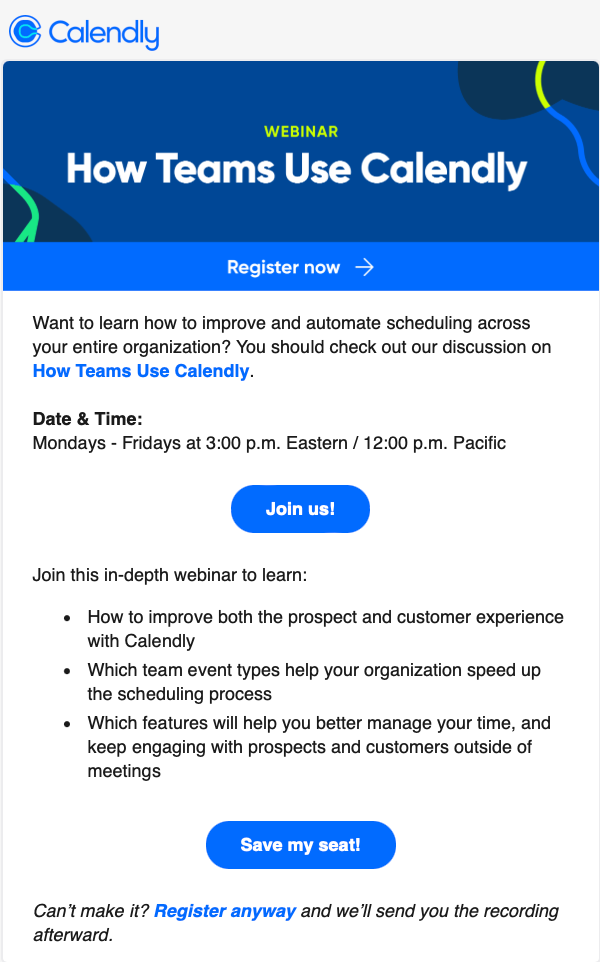
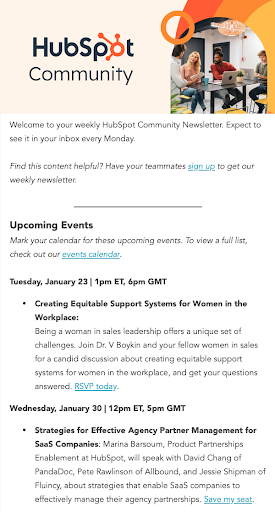
Also, don’t wait until you’ve got all the details to start announcing your event. Tell people to save the date and when they can expect more information while you’re working on the logistics and solidifying the schedule.
Share engaging teasers
Prepare emails to tease your audience and excite them about participating in your event. If you’ve segmented your email subscribers before, you can serve them different information depending on their familiarity with your brand. Plus, all these ideas can easily be incorporated into your newsletter.
For events with speakers, now is the time to introduce them – their names, headshots, job titles, and credentials. Present the topic they’ll discuss and what attendees can expect to learn from each session. The goal is to show the value you’re offering.
Besides just mentioning speakers, you can create more buzz by:
- Highlighting a speaker’s most prominent past project.
- Sharing a short written interview with a leading speaker.
- Adding a video from a high-profile speaker, such as an invitation, a teaser from their presentation, or footage from a past event.
Here’s an example from GrowthTribe for a webinar on AI, which had four speakers tackling different use cases for AI.
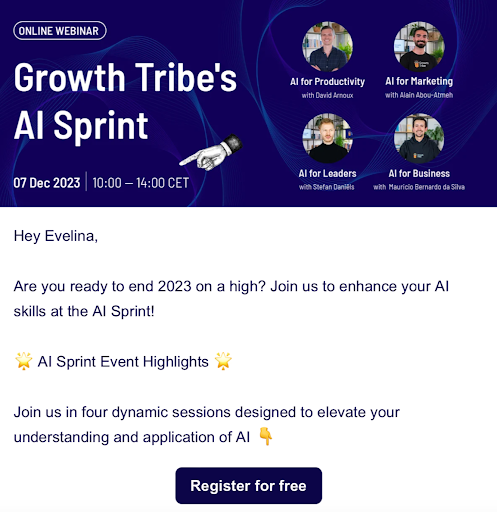
There are more ways to tease your audience, even if your event doesn’t have speakers. Consider:
- Posting the event schedule with a short, enticing description for every session.
- Sending a personal invitation from the event organizer.
- Showcasing videos and photos from past events – they can be professional or user-generated.
- Adding reviews from customers or previous event attendees.
- Sharing behind-the-scenes content of event preparations.
Use email triggers before key dates
Use the important dates of your event promotion as email triggers. These can build the fear of missing out and drive more signups as the event approaches, but they also act as reminders.
For instance, brightonSEO, an in-person and online conference for marketers, sent a sequence of emails before price increases. This strategy is effective because it creates a sense of urgency and encourages immediate action.
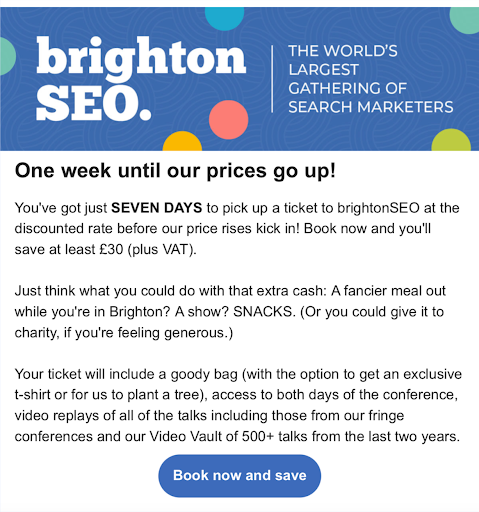
In terms of reminders, send emails on the week and the day before your event to remind attendees about it. While visitors to in-person events have made arrangements and will rarely forget about them, that’s not the case for online events.
Address essential questions
Address common questions early to avoid confusion and provide communication channels for attendees to ask further questions. With this, you can tackle concerns, build trust, and improve the event experience.
You can try to anticipate common questions by adding an FAQ to your landing page and sharing essential information via email.
Nevertheless, make it easy for everyone to ask questions in case you’ve missed something. Some strategies include:
- Having a contact form at the bottom of your landing page.
- Encouraging newsletter subscribers to reply with questions.
As you gather more questions, update your FAQ accordingly.
For ease, consider creating an interactive PDF to store all essential information, such as joining instructions for online events or venue directions and accommodation options for offline events.
Post-event best practices
Once your event has passed, you don’t want to lose contact with your audience. Quite the opposite – you want to keep it engaged.
So, let’s look at a couple of emails you can send to the people who’ve signed up for your event.
Launch post-event surveys
Find out what your audience thought about your event by sending them an email survey to collect their feedback.
Ideally, you should do this up to 24 hours after your event ends. Make sure you add a thank you message alongside the survey to encourage participation.
To collect feedback, have a survey landing page ready before the event. Use a mix of single-choice, multiple-choice, and open questions to keep your audience engaged and collect valuable insights.
Some questions you can add to your post-event surveys include:
- Would you recommend this event to a friend or colleague?
- How likely are you to attend another event from the same organizer?
- What did you like the most/least about this event?
Pitch your offerings
People who have gained value from your event will probably want to learn more from you. Post-event emails are an excellent opportunity to continue the conversation or pitch your offerings to warm leads.
Here’s an example of a webinar follow-up from the local SEO platform BrightLocal. The email offers a replay of the webinar and then links to that week’s top stories on their blog. This approach keeps the audience engaged with the brand’s resources.
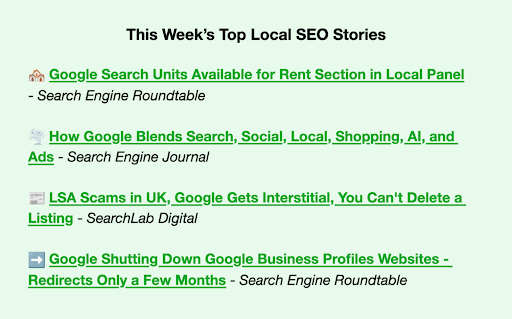
Also, during the event, you have established authority and trust with your audience. Attendees who know your value proposition are more likely to purchase from you.
Following the event, you can send an email to pitch your products or services. For instance, if you’ve created an online course or e-book, or if you offer consultancy services, membership programs, etc.
Event email marketing takeaways
Hopefully, by now, you’re brimming with ideas on how to promote your upcoming event. With the tips and strategies we’ve reviewed, you’re well-prepared to build excitement and drive attendance through emails.
But things don’t end once your event has finished. Maintain the connection with participants, learn from their feedback, and turn them into loyal customers for your business.
Evelina Milenova is the SEO Manager at Opinion Stage. Her expertise lies in SEO and content marketing – two topics she often writes about on her LinkedIn page.





